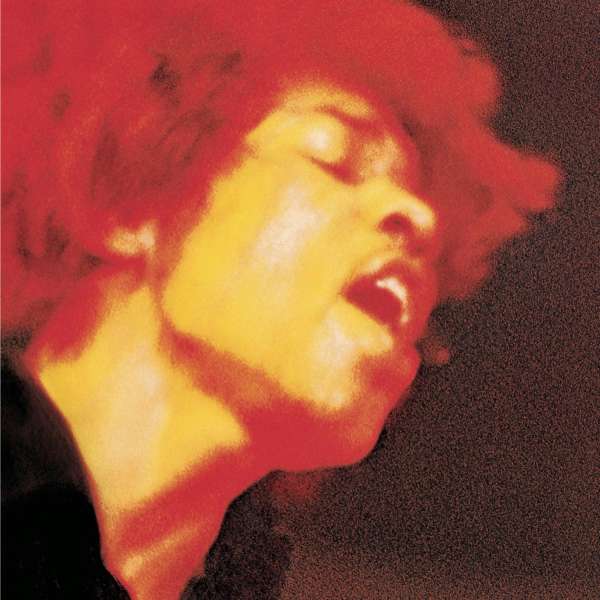

No instrument characterized the rock movement of the 1960s more than the guitar did, and while all three of those groups and others made prominent use of the guitar, no musician is, even in the present day, as closely linked to the electric guitar as Jimi Hendrix is.

Pepper’s Lonely Hearts Club Band” in their longest album, “The White Album.” The Rolling Stones would release some of their best-known songs, including “Sympathy for the Devil,” in 1968, and Jimmy Page, Robert Plant, John Paul Jones, and John Bonham formed Led Zeppelin at the end of the year. The Beatles were on a creative high, following a busy 1967 during which they released “Magical Mystery Tour” and “Sgt. In 1968, rock music was at its peak popularity. With Electric Ladyland, Hendrix once again pushed the concept album to new horizons.By Courtesy of The Jimi Hendrix Experience / Reprise (A Merman I Should Turn to Be)," and "Voodoo Child (Slight Return)," a landmark in Hendrix's playing. As an album this influential (and as far as influencing a generation of players and beyond, this was his ultimate statement for many), the highlights speak for themselves: "Crosstown Traffic," his reinterpretation of Bob Dylan's "All Along the Watchtower," "Burning of the Midnight Lamp," the spacy "1983. What Hendrix sonically achieved on this record expanded the concept of what could be gotten out of a modern recording studio in much the same manner as Phil Spector had done a decade before with his Wall of Sound. Kudos to engineer Eddie Kramer for taking Hendrix's visions of a soundscape behind his music and giving it all context, experimenting with odd mike techniques, echo, backward tape, flanging, and chorusing, all new techniques at the time, at least the way they're used here. But Electric Ladyland is so much more than just background music for chemical intake. When revisionist rock critics refer to him as the maker of a generation's mightiest dope music, this is the album they're referring to. The result was not only one of the best rock albums of the era, but also Hendrix's original musical vision at its absolute apex. Jimi Hendrix's third and final album with the original Experience found him taking his funk and psychedelic sounds to the absolute limit.


 0 kommentar(er)
0 kommentar(er)
